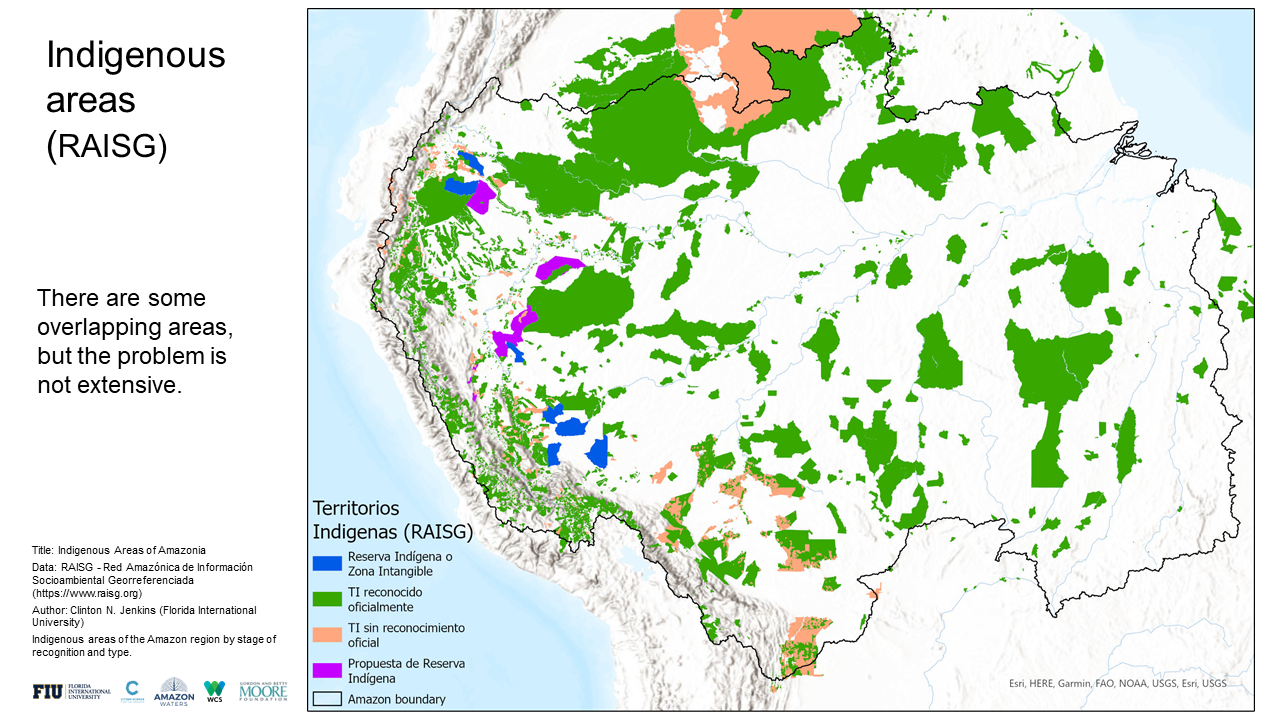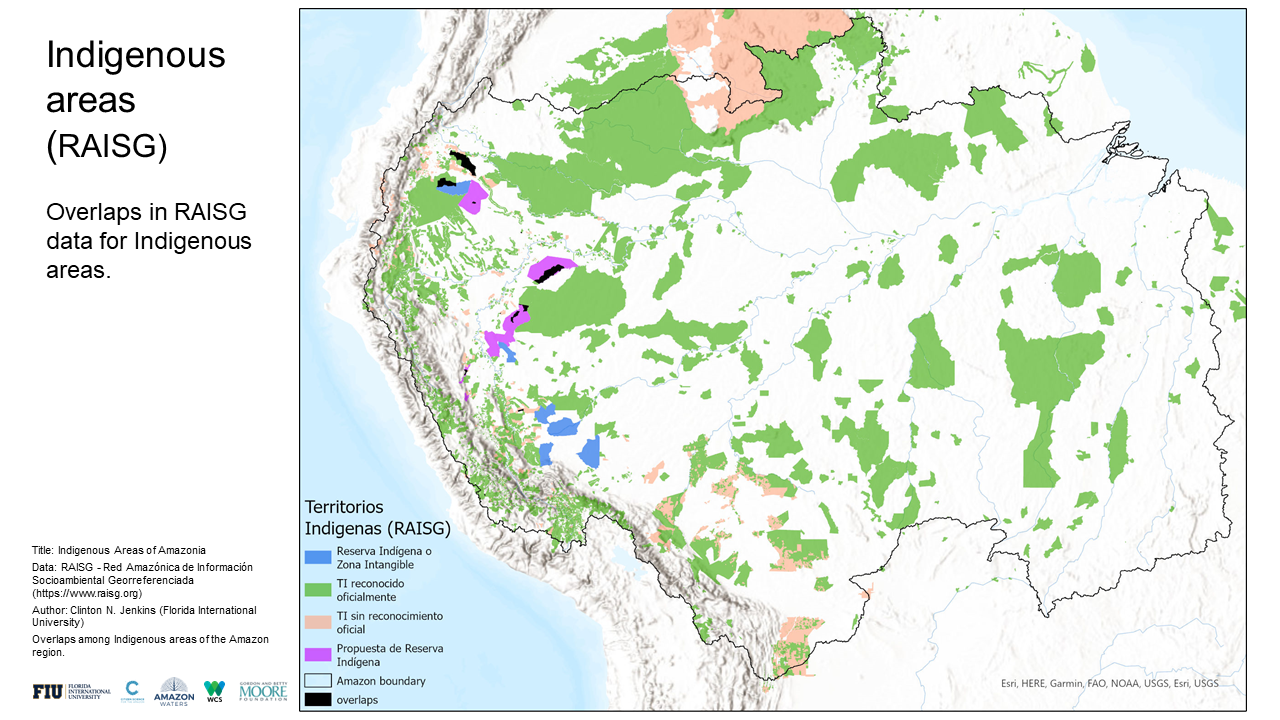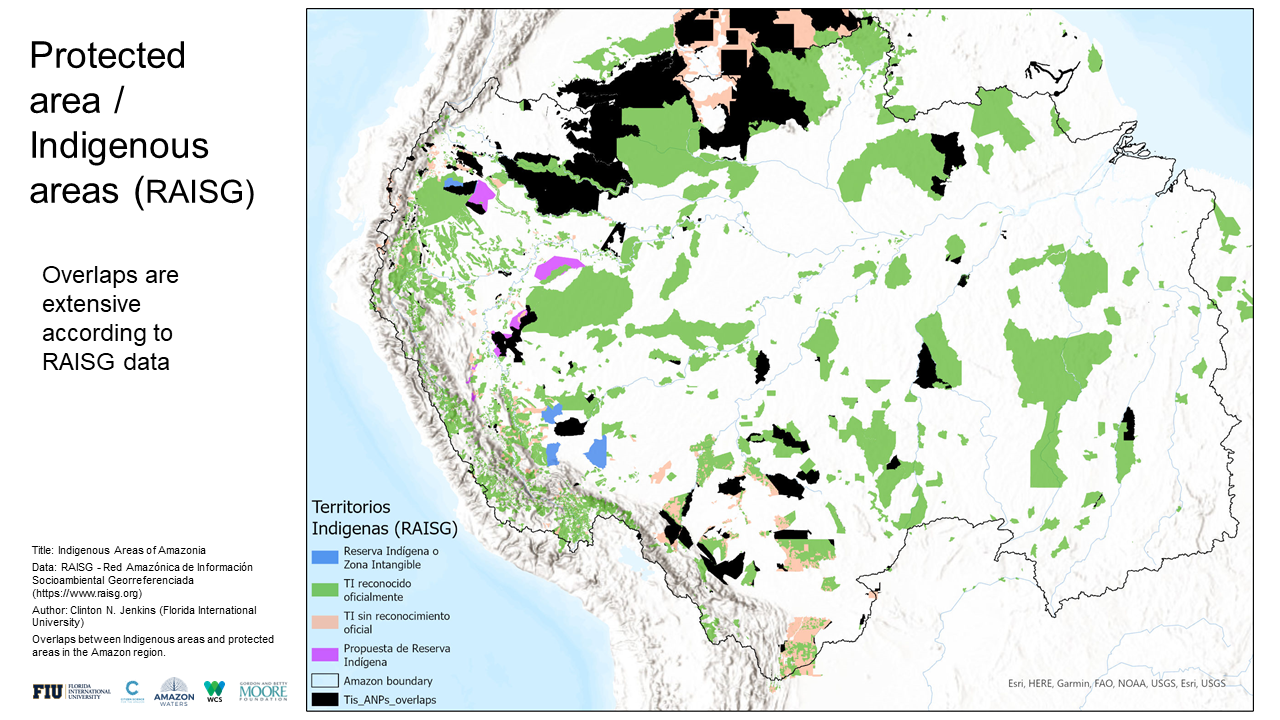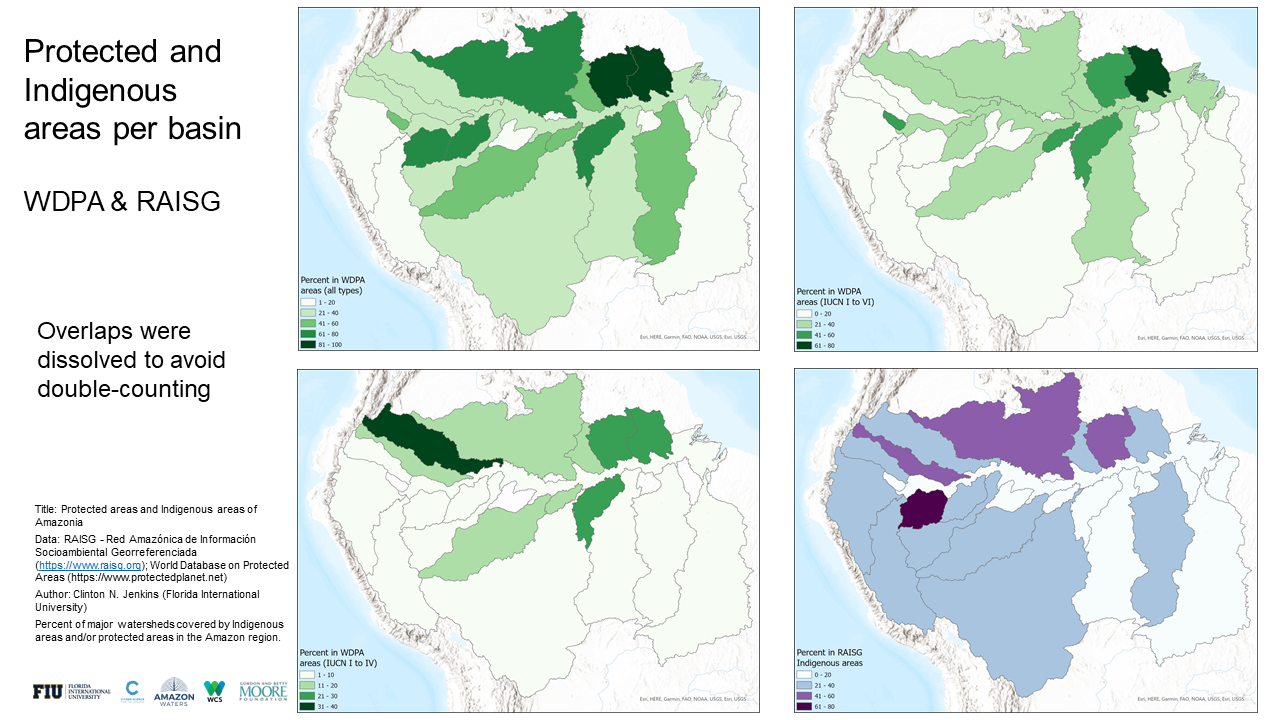
Written by: Vanessa Correa
By consolidating all the records of the Ictio application and the web platform until April 7, 2022, Ictio gathered 88,018 observations in 50,365 fish lists (fishing events), the result of the work of 504 people and institutions actively participating and sharing data in the Citizen Science for the Amazon project. This information was generated in 151 basins in the Amazon, which constitute 75.9% of the total 199 basins level BL4 -the fourth of seven hierarchical levels of basin detail according to Venticinque et al. 2016 and A new system of geographic information (SIG) on basins and rivers).
Users uploaded their data through the Ictio application and the Ictio.org web platform. We especially highlight the contribution of citizen scientists linked to our partners Instituto de Desenvolvimento Sustentável Mamirauá (IDSM) and Sociedade para a Pesquisa e Proteção do Meio Ambiente (Sapopema), who made important contributions in the following regions: the main channel of the Amazon River (between Juruá and Negro) and the Tefé River, the Tapajós River and the Main Channel of the Central Amazon region, respectively. The activities developed by the partner organizations allowed the number of registrations in the Ictio application to grow in numbers, as they are gradually returning to work in the field, following the COVID-19 prevention protocols. The number of users is increasing and old users are reconnecting and enjoying the updated version of the application, Ictio 3.0. [link for download ].
The number of lists shared with the Ictio application and platform by BL4 sub-basin can be found in Figure 1. The Amazonas/Solimoes river basin (between Juruá and Negro) stands out with 12,650 lists, followed by the Tefé river basin with 5,463 lists.

Figure 1. As of April 7, Ictio totaled 88 018 observations in 50 365 fish lists (fishing events). This information was generated in 151 Amazonian basins that constitute more than 75% of the total 199 BL4 level basin, the result of the work of 504 individuals and organizations. Data consulted on April 7, 2022. Source: Ictio.org Prepared by: Wildlife Conservation Society
Also, up to the last quarter, 8,808 lists were registered with the Ictio application, an increase of 17% over the previous quarter (7,556 lists). Figure 2 shows the number of lists shared with the Ictio application in each BL4 basin. The basin with the most fish lists shared with the application in these four years was Amazonas (above Jandiatuba).

Figure 2. As of April 7, the Ictio application collected 15,097 observations on 8,808 fish lists. These data come from 75 BL4 basins. The basin with the highest number of list registered through the app was Amazonas (above Jandiatuba), with 3,110 fish lists from the period April 1, 2018 to April 7, 2022. Data consulted on April 7, 2022. Source: Ictio.org Preparation: Cornell Lab of Ornithology
Between April 2018 and April this year, Semaprochilodus insignis (see common names below) stood out as the most observed species among the records shared with both the app and the platform (Ictio.org). In a ranking of the ten species with the highest observations (Figure 3), S. insignis is followed by Colossoma macropomum with 6,292 observations and Prochilodus nigricans with 5,323 observations.

Figure 3. The number of observations of the ten most recorded species in the application and platform (Ictio.org) up to the last quarter was 40,148 observations, out of a total of 88,018 observations. For common names, see glossary below. Data for the period April 2018 to April 2022 and accessed on April 7, 2022.. Source: Ictio.org Preparation: Wildlife Conservation Society
If we consider the records made only with the Ictio application, Prochilodus nigricans was once again the most observed species, followed by Triportheus sp. and the family Anostomidae.
Given the ecological and economic significance of P. nigricans, it is important to monitor this species during the lifetime of Ictio through a map of its distribution among BL4 basins. Figure 4 presents the percentages of fish lists in BL4 basins that include records of P. nigricans – its presence in headwaters and large rivers is widely known in the Amazon Basin, and records from the app and platform (Ictio.org) evidence this. In the last quarter, P. nigricans also stands out as the species with the most observations, following the observations trend from the accumulated data with the app since April 2018.

Figure 4. Percentage of lists of the application and web platform with presence of Prochilodus nigricans (by BL4 level sub-basins between April 2018 to April 2022. The map distinguishes the presence of P. nigricans from the mouth to the headwaters of the Amazon. Data consulted as of April 7, 2022. Source: Ictio.org Preparation: Cornell Lab of Ornithology
The BL4 level basin with the highest number of listings was the one formed by the main channel of the Amazon/Solimoes river (between Juruá and Negro), which is located in Brazilian territory; followed by the Tefé and Madeira river basins (above Jamari) also in Brazil (Figure 5). This highlights the efforts of our partners IDSM and Ação Ecológica Guaporé (Ecoporé), who have been working hard to involve fishermen, students, riverside communities, and ecotourism-related personnel.
Source: Ictio.org Preparation: Wildlife Conservation Society Figure 5. Ranking of the ten BL4 basins with more lists registered in the last quarter. The Amazonas/Solimoes (between Juruá and Negro), Tefé and Madeira (above Jamari) basins stand out. The ten basins total 6,787 fish lists registered, out of a total of 50,365 fish lists. Data consulted as of April 7, 2022.
In addition, between April 2018 and April 2022, the BL4 Beni (above Madidi) basin records the highest number of citizen scientists using the Ictio application. There, our partner WCS Bolivia is leading the implementation of Ictio, followed by the BL4 Amazonas basin (above Jandiatuba) where our partners from the Instituto del Bien Común (IBC) are coordinating collective activities with indigenous communities carrying out participatory monitoring. The most active user registered 332 lists in the Madeira River basin (above Jamari), in the state of Rondônia, Brazil, where Ecoporé is located, working with fishermen and students. These good results highlight the productive work of our partners in the Citizen Science Network for the Amazon in the last four years.
Ictio is possible thanks to the support of the Gordon and Betty Moore Foundation, who fosters scientific discovery, environmental conservation, improved patient care and the preservation of the special character of the San Francisco Bay Area.
Visit www.moore.org and follow @MooreFound.
Know the genus or scientific names and common names by country!
Anostomidae: Ruta (Bolivia); aracu, aracu cabeça-gorda, piau (Brazil); lisa, cheo, guaracú (Colombia); lisa, tanla (Ecuador); lisa (Peru).
Arapaima sp.: Paiche (Bolivia), pirarucú (Brazil), arapaima, paiche, piracucú (Colombia), paiche (Ecuador), paiche (Peru).
Brachyplatystoma rousseauxii: Dorado (Bolivia), dourada (Brazil), plateado, dorado (Colombia), plateado (Ecuador), dorado, zúngaro dorado (Peru).
Colossoma macropomum: Pacú, tambaqui (Bolivia), Tambaqui (Brazil), cachama negra, cherna, gamitana (Colombia), paco (Ecuador), gamitana (Peru).
Mylossoma albiscopum: pacupeba (Bolivia), pacu-comum (Brazil), and palometa (Colombia, Ecuador and Peru).
Pimelodus sp.: Chupa, griso (Bolivia), Mandi (Brazil), Picalón, nicuro (Colombia), Barbudo, bagre, bagrecito, cunshi, buluquique (Ecuador), bagre, cunchi (Peru).
Prochilodus nigricans: Sábalo (Bolivia); curimatã, curica o papa-terra (Brazil); bocachico (Colombia y Ecuador); challua (Ecuador) and boquichico (Peru).
Pseudopatystoma fasciatum: Pintado, sorubí (Bolivia), surubim (Brasil), pintadillo rayado (Colombia), pintadillo tigre (Ecuador), y doncella (Perú).
Pseudoplatystoma sp.: Surubíes (Bolivia), Surubins (Brazil), Pintadillos (Colombia), Pintadillos (Ecuador), Doncella (Peru).
Semaprochilodus insignis: Sabalín, sabalina (Bolivia), Jaraqui-escama-grossa, jaraqui-açu (Brazil), Bocachico, yuraki, escama gruesa, yai, yairi, bandera (Colombia), Bocachico (Ecuador), Yahuarachi, yaraquí (Peru).
Triportheus sp.: panete (Bolivia), sardinhas (Brazil), sardina (Colombia and Peru), and pechón and sapamama (Ecuador).




